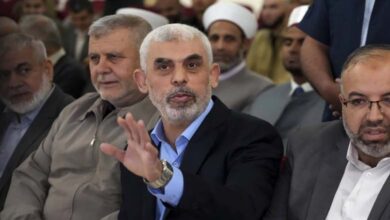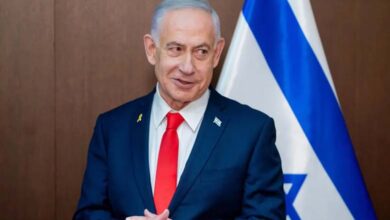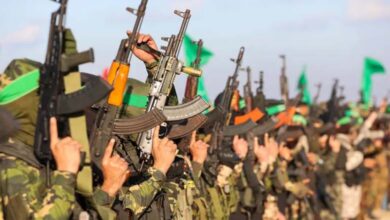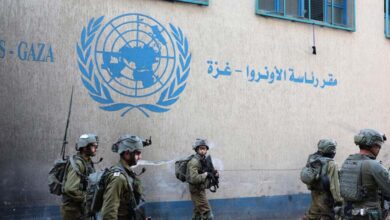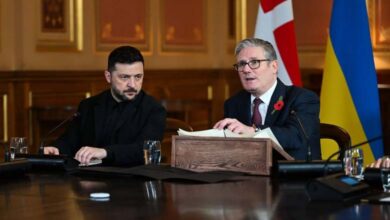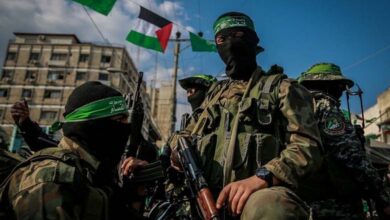From Natanz to Arak: Iran’s Key Nuclear Facilities
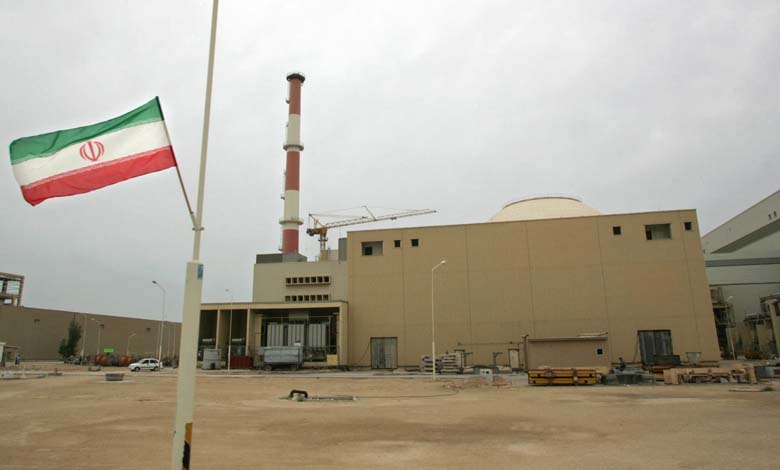
Tensions between Iran and Israel are escalating, fueled by former U.S. President Donald Trump’s statement that failure to reach an agreement with Tehran could lead to military strikes.
This week, Trump warned that if Iran does not reach a deal with the U.S. on its nuclear program, “there will be bombing,” reinforcing Israel’s long-standing threat to attack Iranian nuclear facilities.
Here is an overview of Iran’s key nuclear sites.
-
Trump and Iran: 4 Possible Scenarios, Including “Shock and Awe”
-
Trump’s Return Pushes European Powers to Demand Increased Pressure on Iran
Where Are Iran’s Nuclear Facilities Located?
Iran’s nuclear program is spread across multiple sites. While the risk of Israeli airstrikes has loomed for decades, only a few installations have been built underground.
Does Iran Have a Nuclear Weapons Program?
The U.S. and the International Atomic Energy Agency (IAEA) believe Iran had a secret, coordinated nuclear weapons program that it halted in 2003. Tehran denies ever having such a program or any intention to develop nuclear weapons.
Under the 2015 nuclear deal, Iran agreed to limit its nuclear activities in exchange for sanctions relief. However, the agreement collapsed when former President Donald Trump withdrew the U.S. from the deal in 2018, prompting Iran to abandon its restrictions the following year.
-
Iran Keeps Door Open for Dialogue with Trump and Prepares for New Sanctions
-
Why Can’t Trump Be Elected for a Third Term?
Is Iran Increasing Uranium Enrichment?
Iran has since expanded its uranium enrichment program, reducing the “breakout time” needed to produce enough weapons-grade uranium from years to mere weeks.
Currently, Iran enriches uranium up to 60% purity at two sites, near the 90% threshold needed for nuclear weapons. According to the IAEA, it theoretically has enough material to produce four bombs if further enriched.
Natanz
Located near Qom, south of Tehran, Natanz is a major enrichment hub with both an underground fuel enrichment plant and an above-ground experimental facility.
Revealed in 2002 by an Iranian opposition group, Natanz has been central to Iran’s nuclear dispute with the West.
-
In Iran’s Eid Sermon: The U.S. and Israel Present with Warnings
-
Tehran Ready for Indirect Talks with Washington in Response to Trump’s Letter
Fordo
Built inside a mountain near Qom, Fordo is better protected from airstrikes.
The 2015 nuclear deal banned enrichment at Fordo, but Iran now operates over 1,000 centrifuges there, some enriching uranium to 60%.
Ispahan, Khondab (Arak), Tehran Research Center, Bushehr
These sites contribute to uranium processing, plutonium production, and nuclear energy research.
Bushehr, Iran’s only active nuclear power plant, runs on Russian fuel, minimizing proliferation risks.


